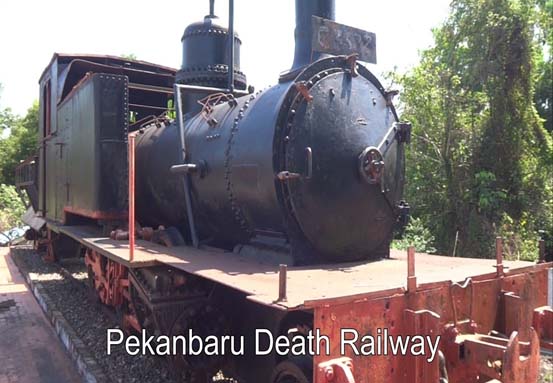He was an Australian photographer and adventurer. He is best remembered for his graphic photographs taken when he participated in a number of expeditions to Antarctica and served as an official photographer with Australian forces during both world wars.
His artistic style produced many memorable images. He also used staged scenes, composites and photographic manipulation.
ANTARCTIC EXPEDITIONS
In his lifetime, Frank Hurley spent more than four years in Antarctica. At the age of 23, in 1908 Hurley learned that Australian explorer Douglas Mawson was planning an expedition to Antarctica. Fellow Sydney-sider Henri Mallard in 1911, recommended Hurley for the position of official photographer to Mawson’s Australasian Antarctic Expedition, ahead of himself. Hurley asserts in his biography that he then cornered Mawson as he was making his way to their interview on a train, using the advantage to talk his way into the job. Mawson was persuaded, while Mallard, who was the manager of Harringtons (a local Kodak franchise) to which Hurley was in debt, provided photographic equipment. The Expedition departed in 1911, returning in 1914. On his return, he edited and released a documentary, Home of the Blizzard, using his footage from the expedition.
Hurley was also the official photographer on Sir Ernest Shackleton‘s Imperial Trans-Antarctic Expedition which set out in 1914 and was marooned until August 1916; Hurley produced many pioneering colour images of the Expedition using the then-popular Paget process of colour photography. He photographed in South Georgia in 1917. He later compiled his records into the documentary film South in 1919. His footage was also used in the 2001 IMAX film Shackleton’s Antarctic Adventure. He returned to the Antarctic in 1929 and 1931 on Mawson’s British Australian (and) New Zealand Antarctic Research Expeditions (BANZARE).
WARTIME PHOTOGRAPHY
In 1917, Hurley joined the Australian Imperial Force (AIF) as an honorary captain and captured many stunning battlefield scenes during the Third Battle of Ypres. In keeping with his adventurous spirit, he took considerable risks to photograph his subjects, also producing many rare panoramic and colour photographs of the conflict. Hurley kept a diary in 1917-1918 chronicling his time as a war photographer. In it he describes his commitment “to illustrate to the public the things our fellows do and how war is conducted”, as well as his short-lived resignation in October 1917 when he was ordered not to produce composite images. His period with the AIF ended in March 1918.
For the 1918 London exhibition Australian War Pictures and Photographs he employed composites for photomurals to convey drama of the war on a scale otherwise not possible using the technology available. This brought Hurley into conflict with the AIF on the grounds that montage diminished documentary value. Charles Bean, official war historian, labelled Hurley’s composite images “fake”. To learn more about this great photographer visit the City of Canada Bay Museum on Saturday, 5th October at 1:30 for 2:00 pm start, when Alasdair McGregor will be our guest speaker. These talks are open to anyone who would like to attend. Admission is free but donations are always welcome. See poster under “Guest Speakers” in side column for full details. Please feel free to forward this on to anyone you think might be interested.



